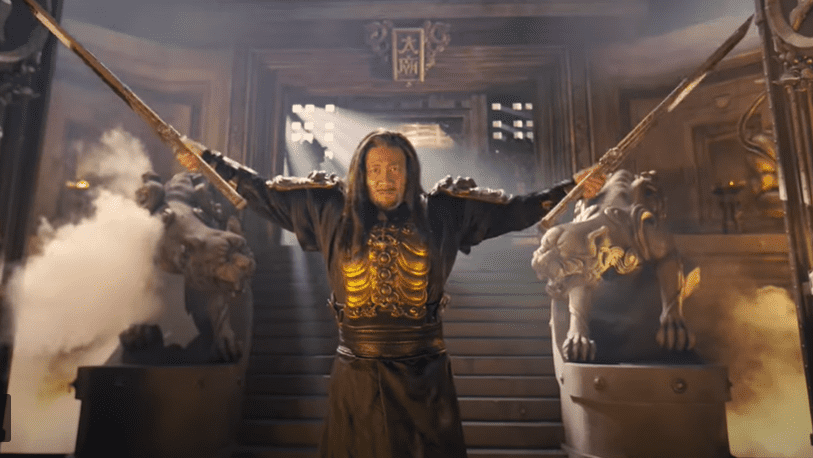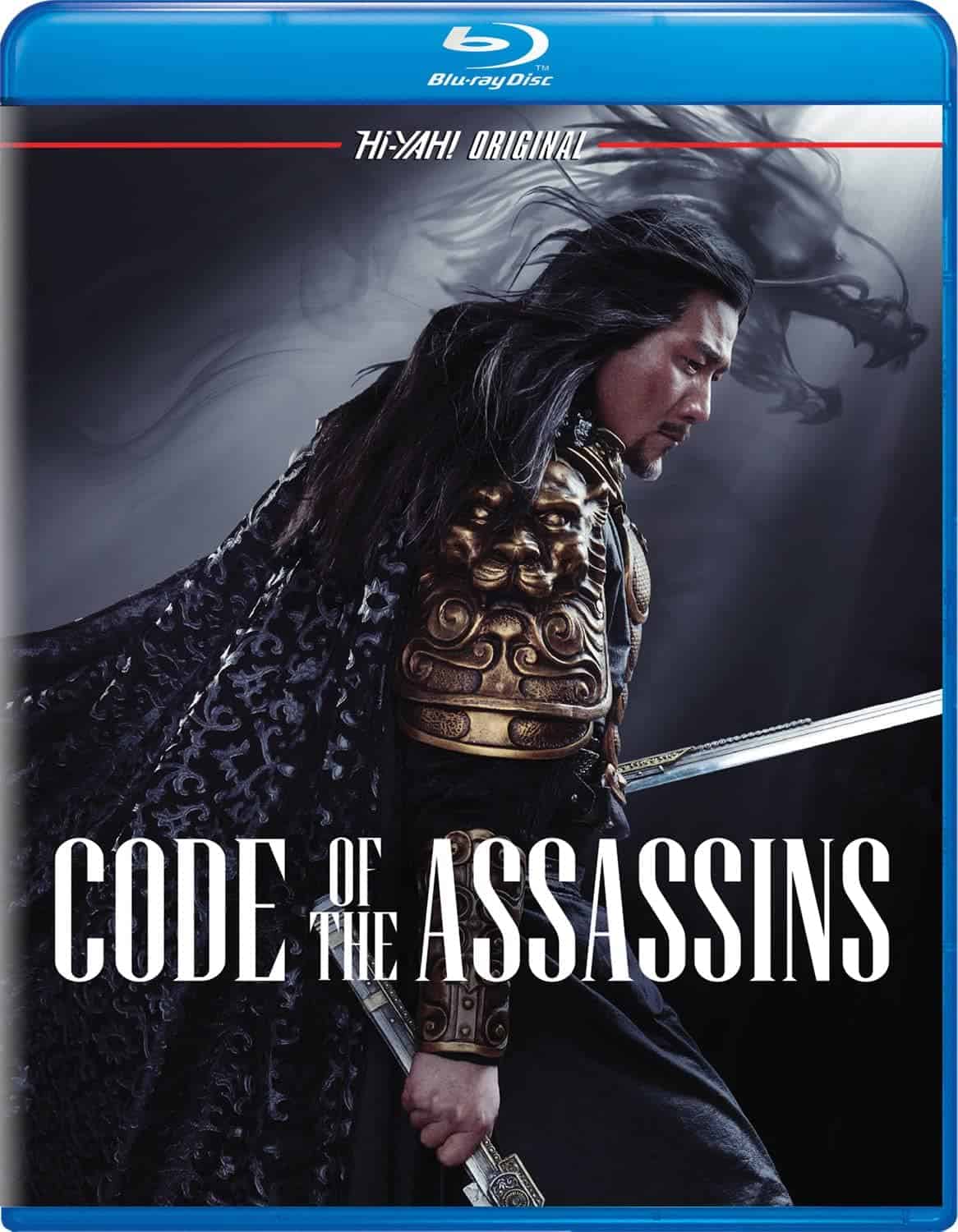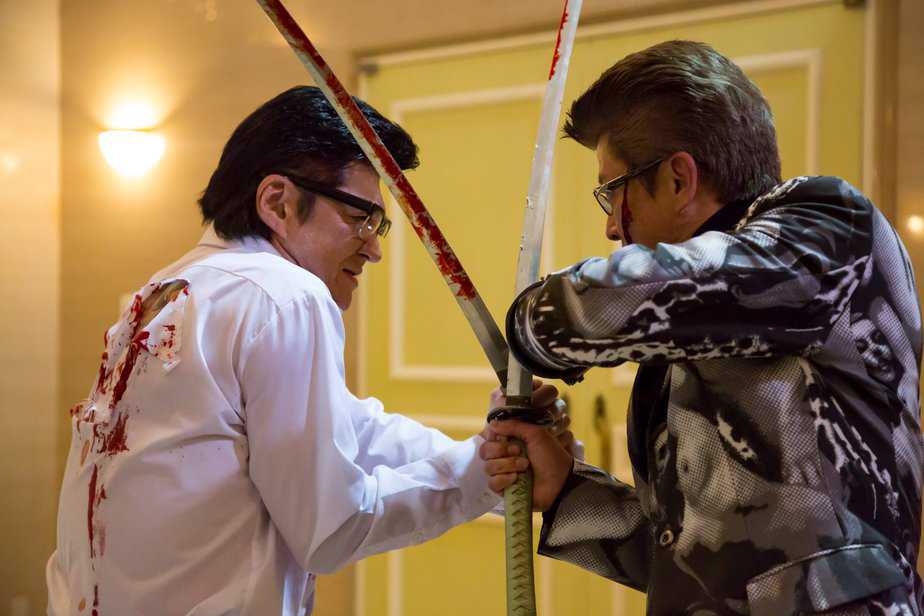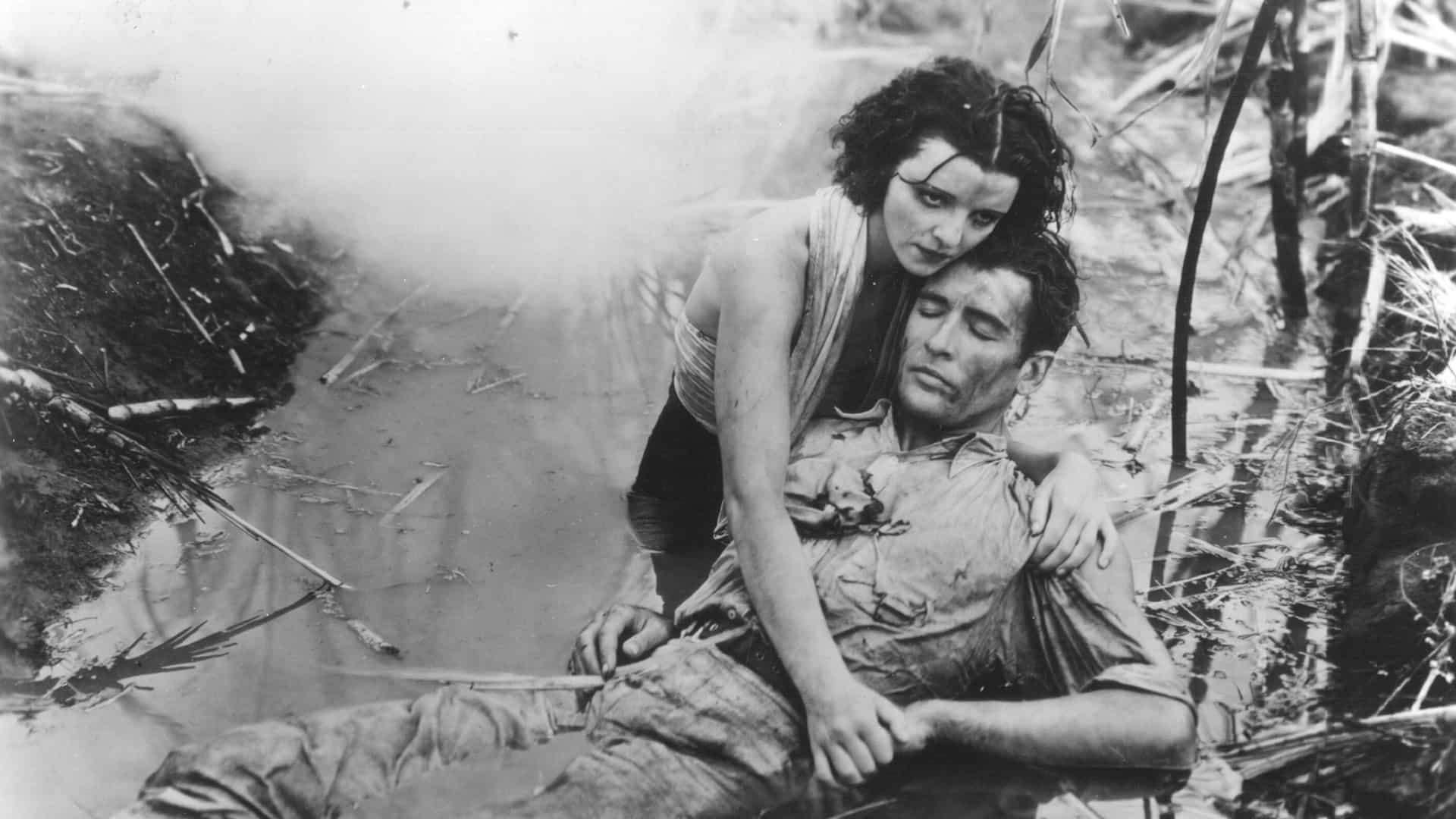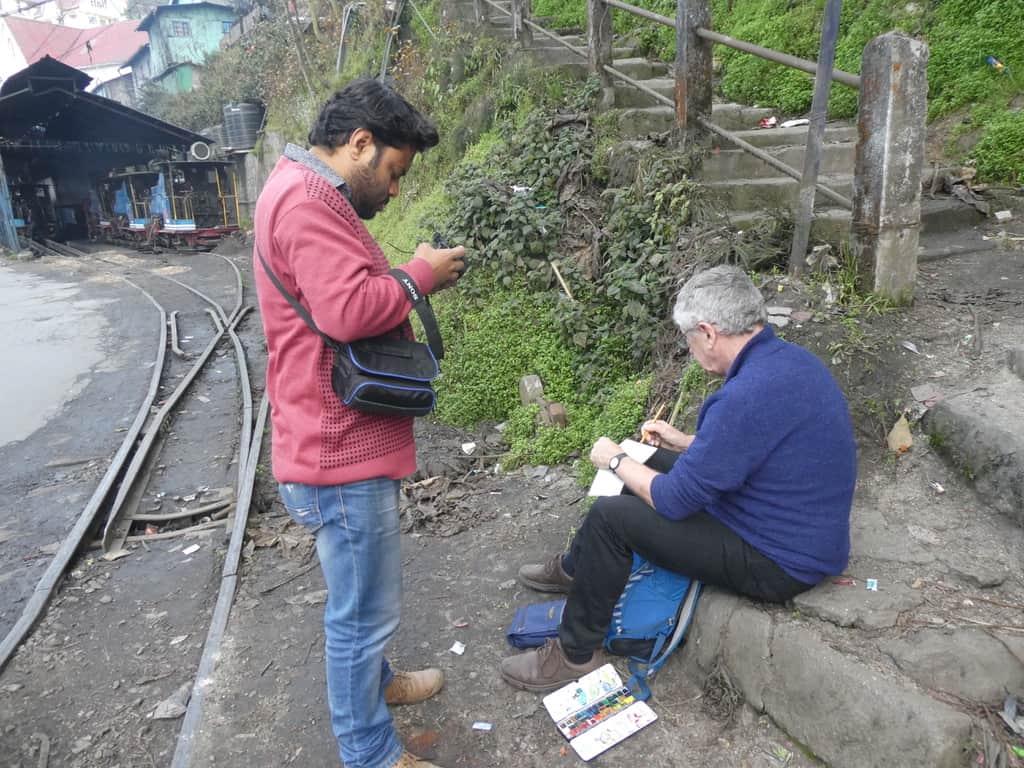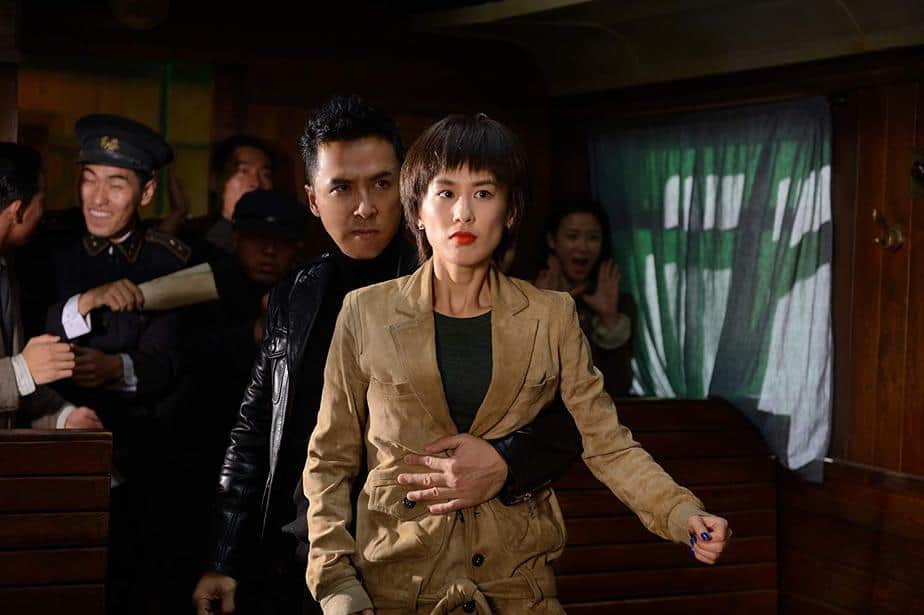There is a particular challenge in most cinema genres in making your work stand out. “Code of the Assassins” had a particularly hard route to the screen. Initially started in 2017, all sorts of production and financial problems led to a 5 year wait for it to be completed. Taking a steam punk aesthetic and directed by visual stylist Daniel Lee it certainly has potential. The only question is that after five years and a troubled production will it live up to that?
The Assassins of Ghost Valley adhere to an ideal that their role is to maintain the order of the world. Blue Asura (William Feng) is a relatively new recruit that has recently completed his training. His motivation is revenge on those that wiped out his clan and family and joined so that he could seek vengeance. Ghost Valley is recruited by Prince Rui to assassinate Governor Gu and the commander of the imperial guard. Passed over for the task, Blue Asura follows only to become involved as the mission falls apart. After a meeting with his mentor Black Judge (Norman Tsui) he realizes he is being set up and flees. Encountering a mysterious woman (Gina Jin Chen) who has her own motivations in finding the manipulators, he seeks the truth. With a whole host of duplicitous adversaries including Chai Sheng (Kenneth Tsang) and Meng Xu (Ray Lui) plotting against one another, it's a truth that will take some discovery. If he can stay alive long enough to uncover it.
Daniel Lee has had a curious career. “Code of the Assassins” brings back memories of his debut work “What Price Survival” and “14 Blades” with its tale of a one armed assassin using a mechanical hand as a replacement. These were strong action movies combining a strong visual aesthetic and especially in the latter, the use of a box of a specialized box of weaponry. This aesthetic is more developed here with the mechanical hand and the stream punk look of the Ghost Valley lair. Visuals have never been the problem with Daniel Lee's work, it's been combining them with a cohesive narrative. The opening just throws us straight into the story with Blue Asura's background explained away like the intro to a TV series. We then, as the narrative progresses, get captions introducing the key players. Those familiar with the Shaw Brothers era, especially Chu Yuan's adaptations of Gu Long novels, will recognize this trope. With so many characters it can be hard to keep up with who is who. Like those adaptations, it becomes easier to follow once some of them start getting killed off as then have less to follow! Am still trying to work out where the western warriors fitted in.
The similarity can be explained by the fact that this feature too is based on a Wu Xia novel by Yuan Taiji. Like most sprawling Wu Xia epics, it has numerous characters plotting over a central McGuffin, this time a treasure map made out of copper. This has an impact in terms of pacing with the flow crashing to a halt at times to get some exposition out of the way. It could have done with a bit of judicious editing to tighten up this flow and also surprisingly the action sequences. The action chorography itself is fine and very enjoyable. The enhanced wirework doesn't distract and maintains clarity within the visuals so always able to tell what is happening. There are some nice touches, especially with each of the lead assassins of Ghost Valley getting a unique fighting style to distinguish themselves. It's undercut sadly by the insertion of shots showing the person under the mask as they are about to fight and a repetitive use of the mechanical hand clicking into gear. These don't add anything to the sequences and slightly cheapen the impact.
Performance-wise, the old hands walk off with the show unsurprisingly. It's always good to see Norman Tsui on screen and Kenneth Tsang has been playing effective bad guys now for five decades. As Meng Xu, Ray Lui continues a later day renaissance. His is probably the most interesting of these performances as has a genuine motivation for his actions that leads to some of the more affecting moments of the piece. Against this, William Feng struggles a little. This is more to do with his character than his actual acting. Blue Asura is both naïve and smart at the same time; not the best combination for an acting performance. He is pawn in the grand plot so is frequently overshadowed by the more experienced hands reveling in their moustache twirling villainy. Gina Jin Chen projects the right air of mystery in her part although disappears for chunks of time in the narrative too, which makes it harder to leave an impression.
Given the troubled history of the film's creation, the fact I am in even able to review it is an achievement in itself. There is a really good movie in here struggling to get out. The visuals as expected by Daniel Lee are superb, the veteran performers are having a blast and it contains some good ideas within the stream punk vibe. Unfortunately, it is hampered by a narrative that needed a bit of editing. Perfectly enjoyable in its own right, just with a bit of work it could have been a real contender.


